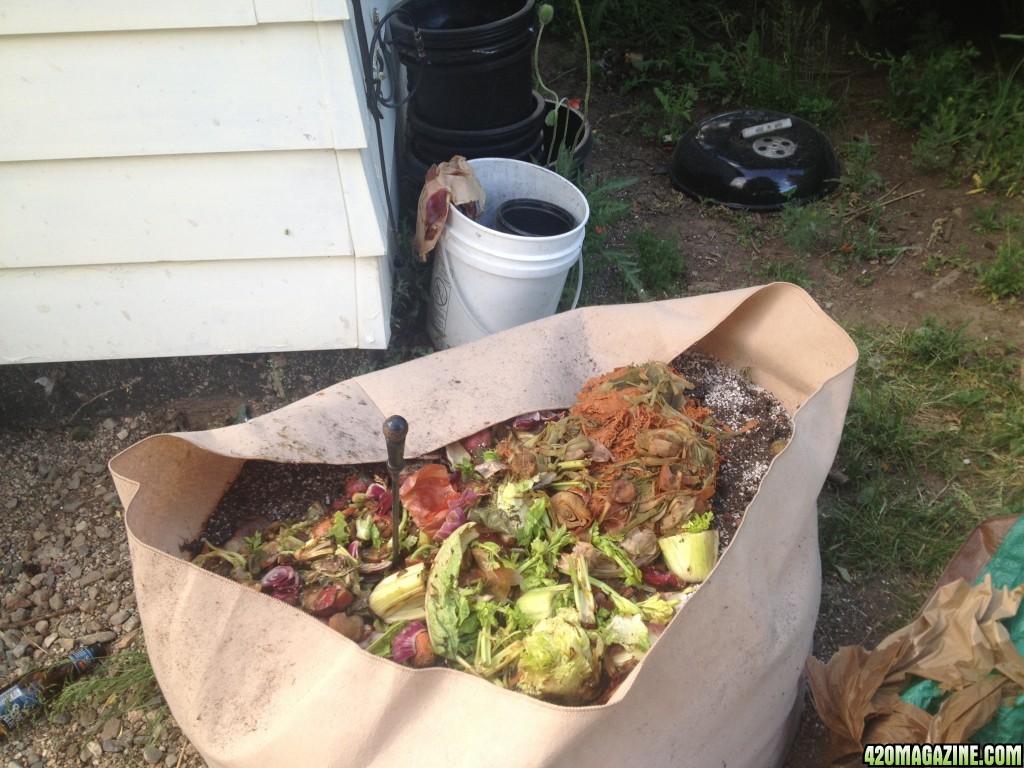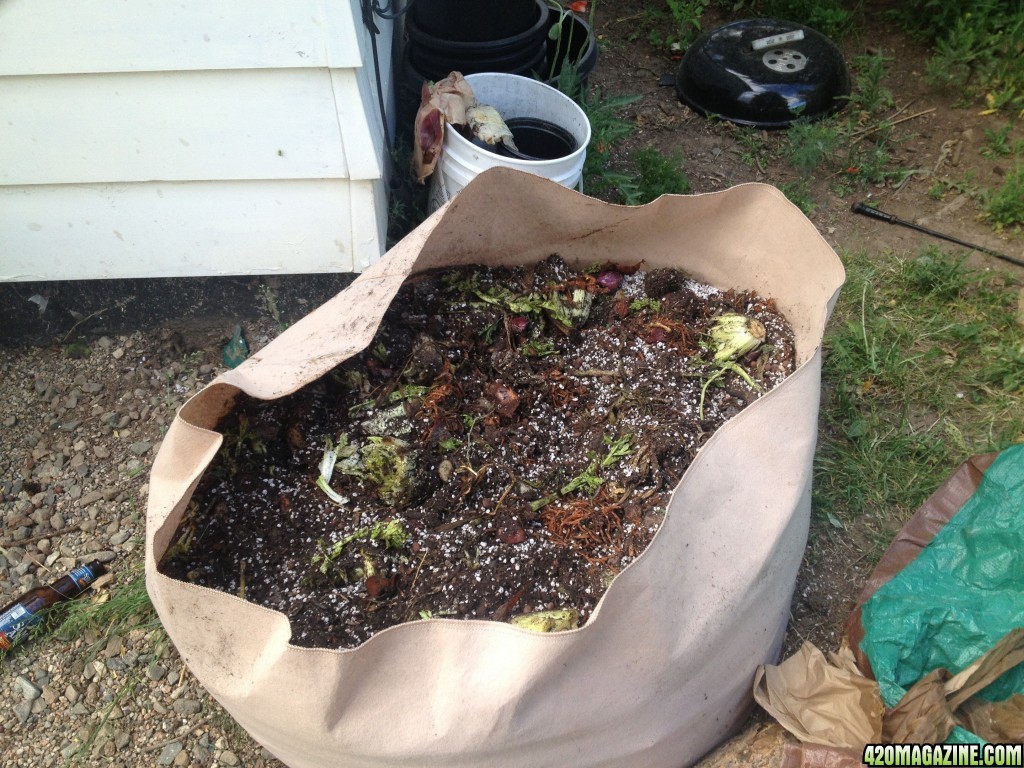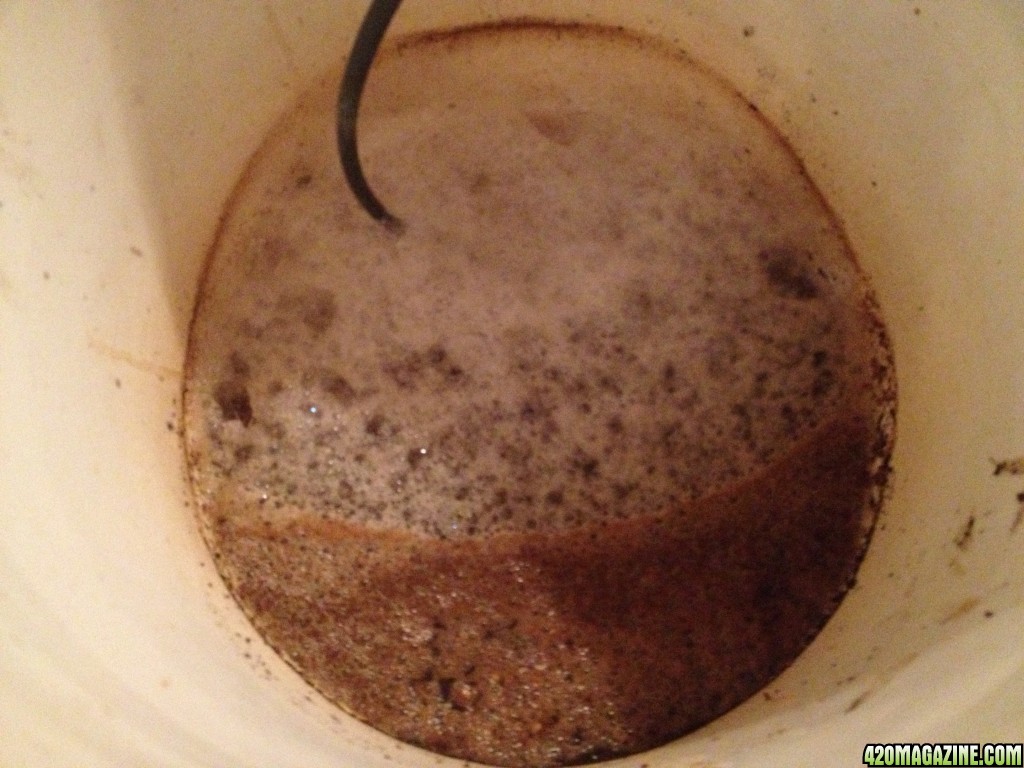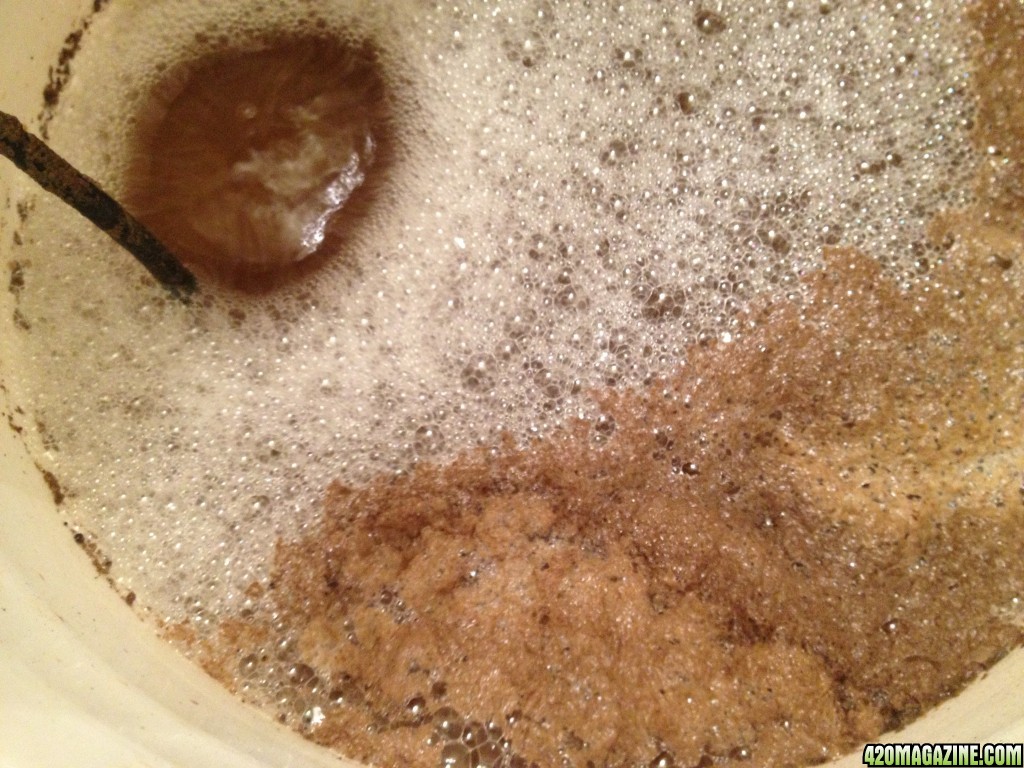- Thread starter
- #41
Before I head out to camp and before I forget, I added 10 gal of veggie scraps to the mix today.
This will probably mean that it will take longer till its ready. I don't plan on using this soil till sept at earliest probably. I think everything will be broke down by then.


And turned the mix over well and covered with tarp again.
This will probably mean that it will take longer till its ready. I don't plan on using this soil till sept at earliest probably. I think everything will be broke down by then.


And turned the mix over well and covered with tarp again.





